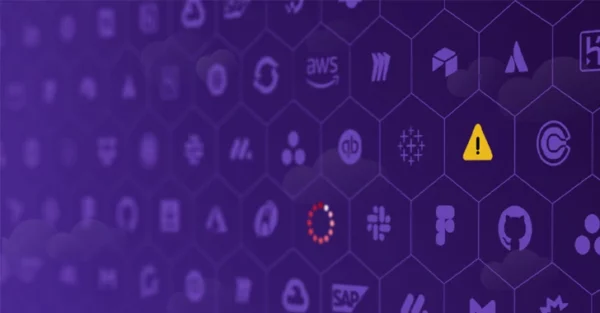A new solution has been introduced to address the essential third-party risk management for Software as a Service (SaaS). This solution aims to help organizations mitigate the risks associated with using SaaS providers, which often must be managed through compensating controls in the customer’s organization. Organizations using SaaS services often have less detailed risk information than what is available for internally managed applications, leading to the inability of SaaS customers to have a thorough understanding of risk in the SaaS environment and the overall organization. As the SaaS model continues to expand, organizations must take the necessary security measures by building a sound SaaS strategy, developing and updating their risk appetite statements, establishing incident response plans, and performing thorough due diligence through structured third-party risk management programs to gain visibility into each vendor’s security posture.
The solution emphasizes the need for a thorough understanding of risk in the SaaS environment and the overall organization. It addresses SaaS security risks such as access management, misconfigurations, regulatory compliance, data storage, data retention, privacy and data breaches, and disaster recovery. To overcome these risks, the solution recommends enhancing existing security practices and developing new ones as the SaaS environment evolves. It also emphasizes the importance of choosing a reputable SaaS provider, leveraging SaaS discovery, implementing strong access controls, and using encryption.
Wing Security has recently announced a free solution for essential third-party risk management for SaaS. This solution aims to help security and IT teams identify and understand various types of risks coming through third-party services that relate to cybersecurity, including data privacy vulnerabilities, compliance gaps, operational issues, financial challenges, and reputational concerns. It also highlights the importance of comprehensive vendor risk management and the need for organizations to stay vigilant in managing third-party risks, irrespective of their size, to uphold a secure and robust business environment and ensure compliance with industry standards.
In conclusion, the new solution for essential third-party risk management for SaaS aims to address the critical security risks associated with using SaaS providers and help organizations mitigate these risks effectively. By implementing this solution, organizations can enhance their security practices, choose reputable SaaS providers, and ensure the protection of their data in the SaaS environment.
Solution Provides Essential Third-Party Risk Management for SaaS offers comprehensive and detailed information to help organizations manage risks associated with Software as a Service (SaaS) applications. This risk management approach is crucial for businesses to ensure the security, privacy, and compliance of their SaaS services. Key aspects of this solution include:
- Risk Assessment: A full risk assessment should be conducted before finalizing a purchase decision, considering factors such as Confidentiality, Integrity, Use Control, Availability, and Accountability.
- Threat Mitigation: SaaS providers must develop a robust platform with rich configurability and flexibility to reduce the need for customization, which can lead to increased complexity and exploitable flaws.
- Third-Party Risk Management: Organizations must establish a sound SaaS strategy, develop and update risk appetite statements, establish incident response plans, and perform thorough due diligence through structured third-party risk management programs to gain visibility into each vendor’s security posture.
- Compliance and Security: Ensuring compliance with data protection regulations, managing misconfigurations, access management, regulatory compliance, data storage, data retention, privacy, and data breaches are essential aspects of SaaS security.
- Contracts and Service Level Agreements: Executing Service Level Agreements (SLAs) to outline the responsibilities and risk assumptions of the service provider and the organization is crucial for managing risks associated with SaaS services.
- Continuous Monitoring: As SaaS platforms evolve, organizations must keep their security policies flexible enough to keep up with the changing environment and maintain strong compliance and risk management practices.
- Penetration Testing and Legal Commitments: Organizations should inquire about the SaaS provider’s penetration testing practices and request legal commitments regarding their security measures.
By implementing these measures, organizations can effectively manage risks associated with SaaS applications and ensure a secure, compliant, and reliable environment for their users.
Sources:
https://www.isaca.org/resources/news-and-trends/industry-news/2022/saas-security-risk-and-challenges
https://www.conncoll.edu/information-services/policies/software-as-a-service-saas-risk-policy/
https://hyperproof.io/resource/risks-to-consider-saas-providers/
https://www.vendr.com/blog/saas-security
https://www.ventivtech.com/products/risk-management-saas
https://wing.security/news/news/this-free-solution-provides-essential-third-party-risk-management-for-saas/
https://twitter.com/SaaStartups/status/1731787973123801419
https://thehackernews.com/2023/11/this-free-solution-provides-essential.html?m=1

